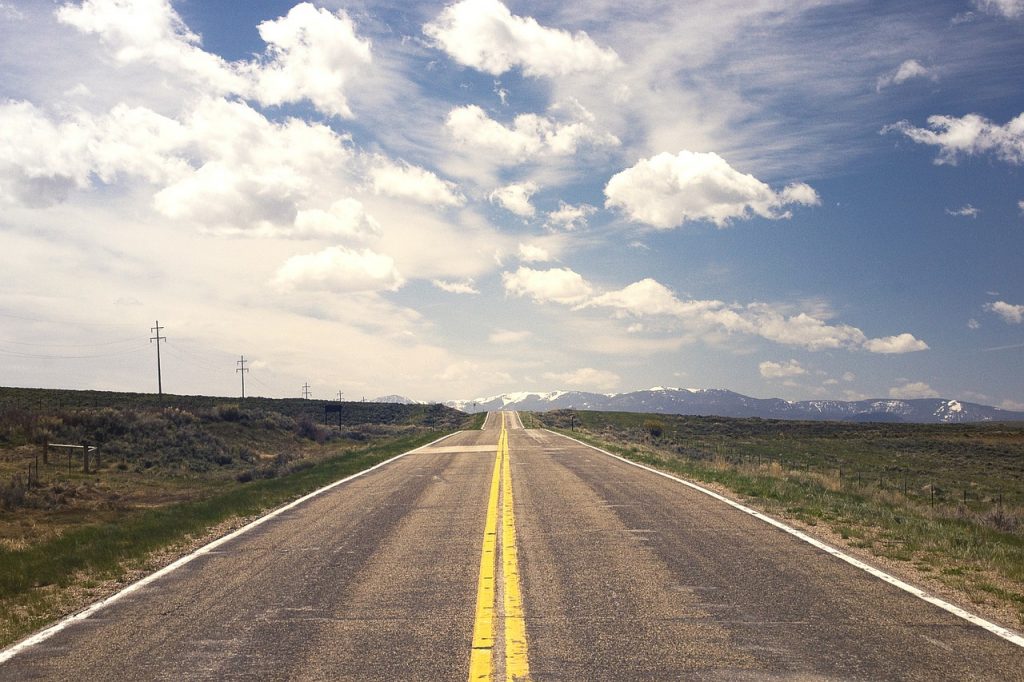Many would-be visitors to the USA dream of exploring on a lengthy road trip. As a spread out nation, this place is best suited to those who travel by car or camper. If you are serious about hitting the road in search of America this year, we hope this ultimate American road trip guide will be of use to you.
What you need to know before traveling to the USA
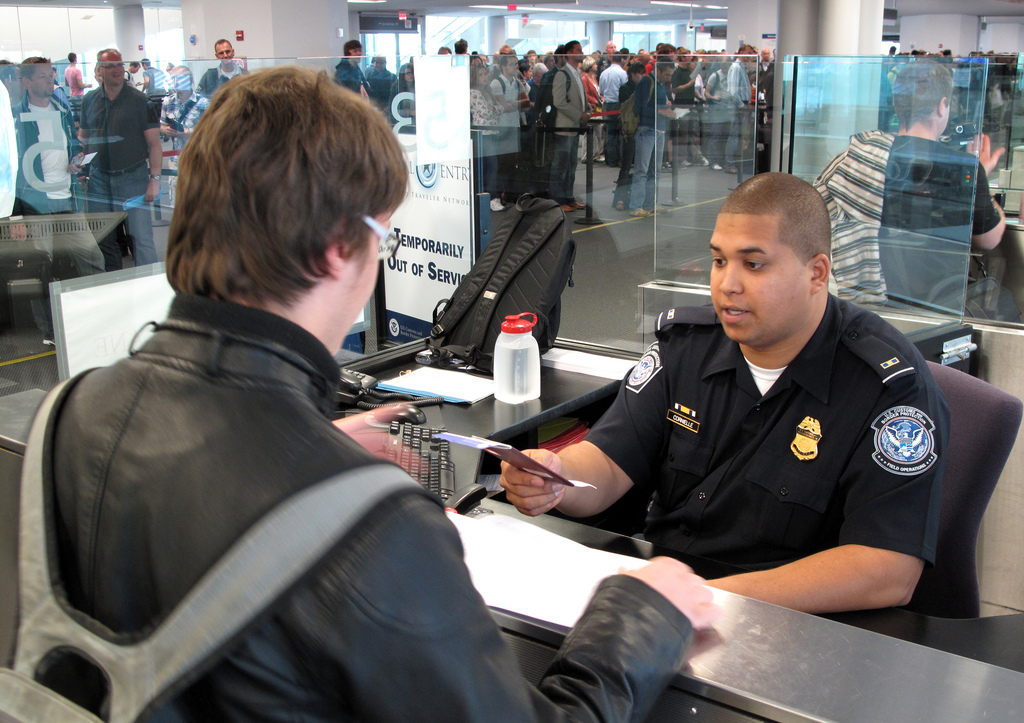
As excited as you might be to get on the road, there are numerous things you need to sort out before departure. To avoid embarrassing mistakes which could spoil your experience, take note of the following…
Apply for your ESTA or travel visa well in advance
ESTA (Electronic System for Travel Authorization) is a program used to scrutinizing visiting foreign nationals living in visa waiver program countries. Note that qualifying for an ESTA does not guarantee admission to the USA, as border guards can still deny entry at their discretion.
Don’t live in a visa waiver nation? Then you will need to apply for a tourist visa at an American diplomatic mission in your home country.
In addition to filling out forms, you need to prove your visit is for pleasure (not immigration), you have the means to support yourself, you have a way to return home (round trip or an onward ticket outside North America), and you have strong economic/residential ties in your home country.
Give yourself plenty of time to complete your road trip
The routes suggested in the ultimate American road trip guide boast gasp-inducing vistas, roadside Americana, and down-to-earth people. To fully appreciate what you see and experience, though, it is imperative you give yourself enough time to complete these drives.
The United States is not like continental Europe, where you can drive from Paris to Amsterdam in five hours. Even the truncated version of the Pacific Coast Highway (San Francisco to Los Angeles) measures 1,055 kilometres (656 miles) from end to end.
Those taking this “short but sweet” road trip should set aside a minimum of three days each way. If you choose to tackle the full PCH from Washington State to San Diego (or any of the longer drives in this guide), set aside three weeks minimum.
They drive on the right
Visiting the USA from countries like the United Kingdom, Australia, and Japan? Get used to driving on the ‘wrong side of the road’, as America drives on the right.
When starting out, keep to the far right lane as much as possible. Note where oncoming traffic is before making left turns. When you come upon a roundabout (rare), remember they flow counter-clockwise.
What you’ll need before hitting the road
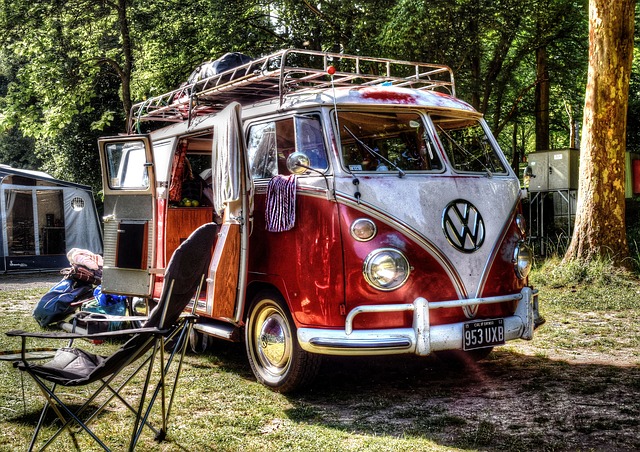
So, you’ve gotten your ESTA/visa sorted, and you’ve internalized all the must-knows listed above – great! Now, it’s time in the ultimate American road trip guide to plot out the road trip segment of your travels. Some items are necessary, while others will make your journey a more comfortable and fun affair.
An international driver’s permit
Unless you are from Canada or Mexico, you’ll need to obtain an international driver’s permit (IDP) to drive in the United States, not all states require an IDP but have restrictions on length of stay, check where you need an IDP in the USA.
No government authority in the USA issues this document for foreigners – it is your responsibility to secure it in your country before departure. The procedure for acquiring an IDP differs from one nation to the next, so you’ll need to do your own research on this one.
Once you have it, bring it to the USA with your government-issued driver’s license and you should be good to go.
A car (duh)
This point may seem stupid, but your vehicle should suit the road trip you are taking. A short trip through the Florida Keys requires nothing more than a rental car, while a German couple planning a multi-month circle route around America may want to ship their campervan from Hamburg to Boston.
Traveling on a budget? If you know your way around a used car lot, buy a cheap beater or camper in America. At the end your time in America, you can sell it at a price close to what it cost you initially, making it a great option for travelers looking to save money. Likewise, if you are looking to RV rental that is also a great option.
A fully-stocked cooler
Some days will be filled with sightseeing, with countless stops for pictures. Certain destinations will suck up several days, as their scenery and numerous attractions will justify hanging around.
As a result, other days will be spent making up miles. To maximize the amount of ground covered, having a cooler in the back stocked to the brim with water, soft drinks, yogurt, sandwiches, and other treats will keep you from pulling off the highway every time someone’s stomach rumbles.
A prepaid SIM from a major mobile provider
Road trips have been a thing in the United States since the end of the Second World War. Even so, advances in mobile technology have enhanced this American rite of passage.
Before hitting the road, visit a T-Mobile or AT&T store to purchase a SIM card – other providers use CDMA technology, rendering them useless to owners of GSM phones. T-Mobile is the best overall carrier, as they offer faster LTE speeds than AT&T.
If you plan on road tripping in remote areas (the Great Plains, the Desert Southwest, etc), though, you’ll want to go with AT&T, as they offer better coverage in rural areas.
Once you have your mobile plan sorted, download some road trip apps. Waze is a no-brainer, as this crowdsourcing traffic app will warn you about congestion, accidents, road construction, and other annoyances.
Other must-haves: GasBuddy will let you know where to get the cheapest fuel, Roadside America will alert you to every sight and tourist trap in your path, and Spotify will fill your car with awesome tunes.
Plan your road trip around these amazing routes
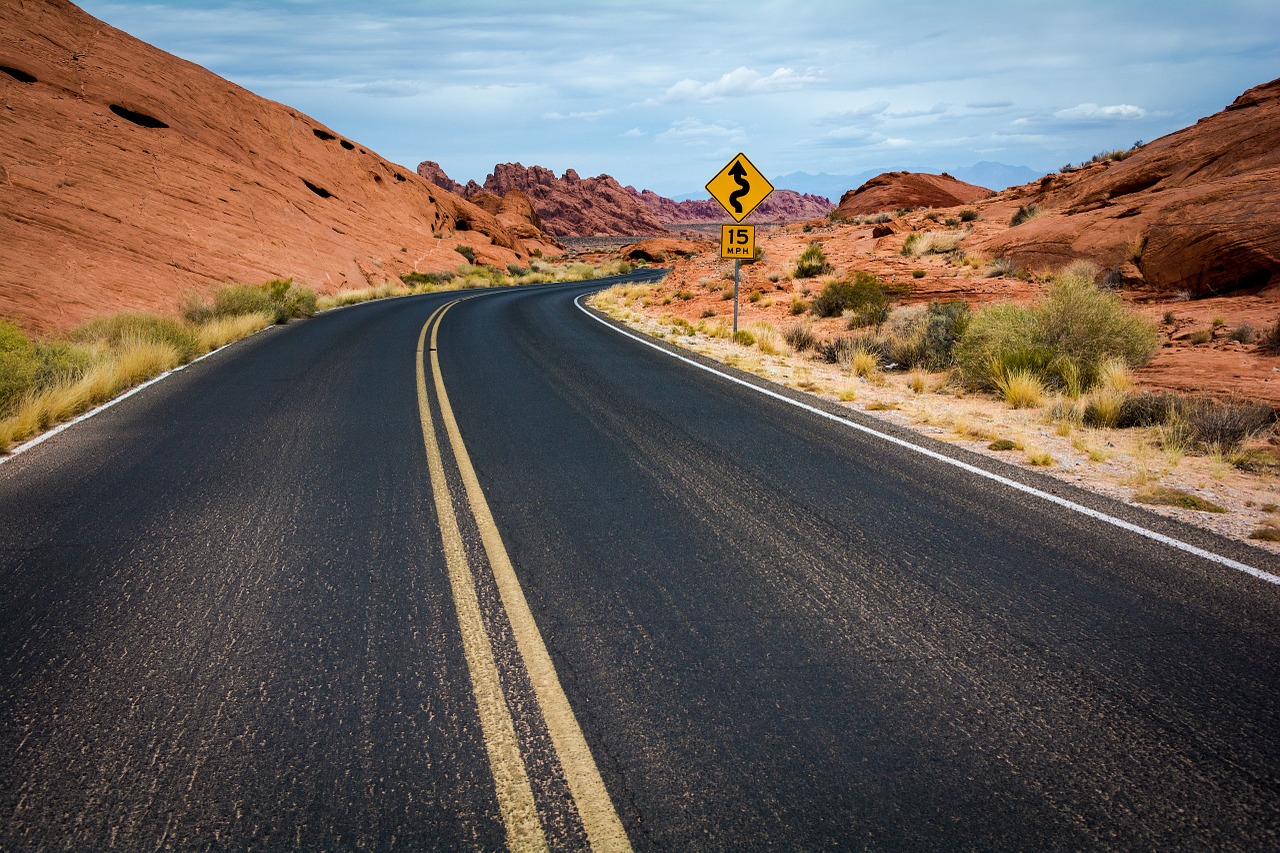
Now that you are prepared to hit the road, it’s time to pick a route. There are scores of great drives available from coast to coast, but the three listed below are our favorites.
The Pacific Coast Highway
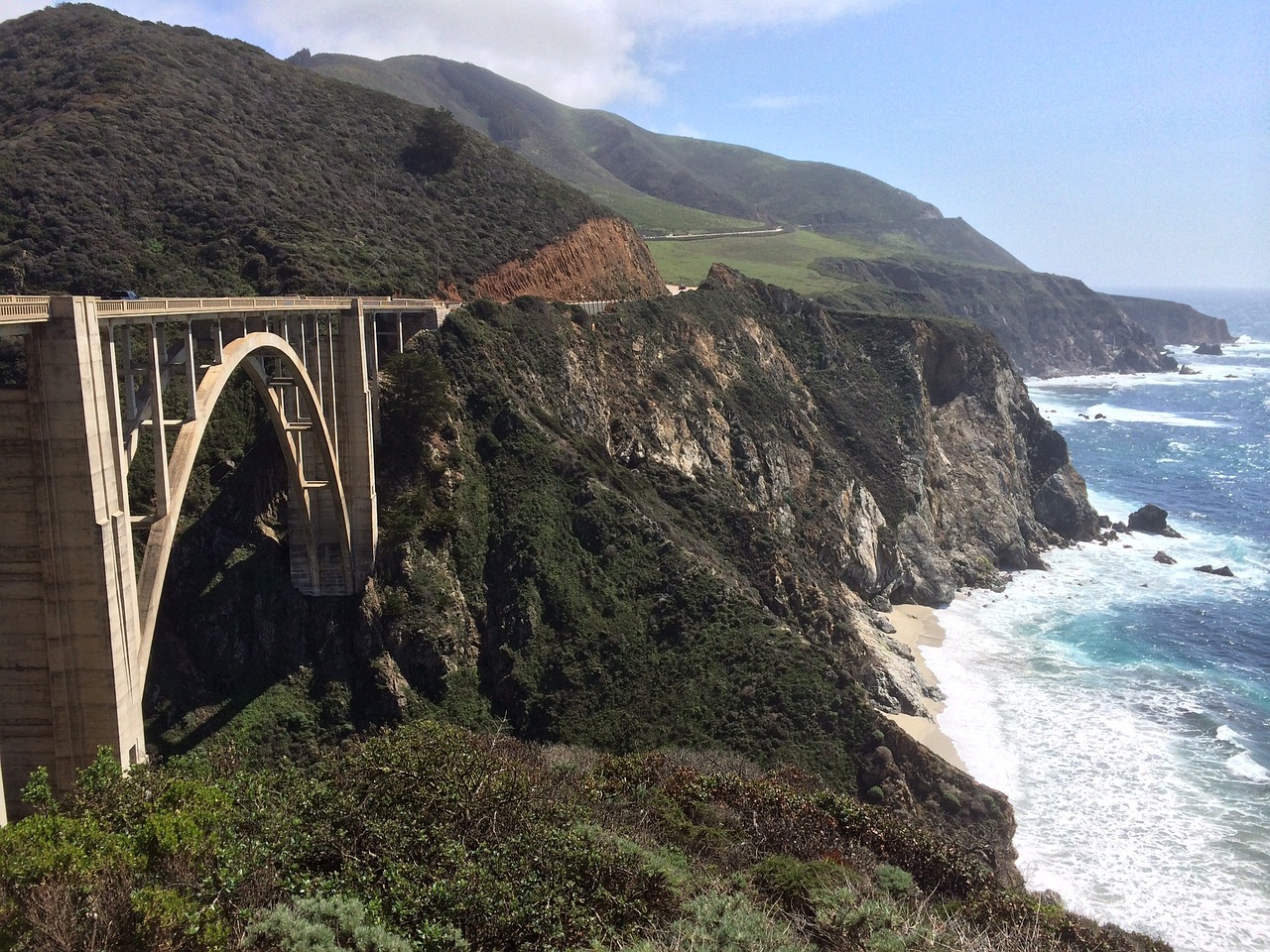
Traditionally, the Pacific Coast Highway (PCH) has referred to the entire extent of California State Route 1. However, those renting a car in San Francisco or Los Angeles often simply drive the portion of the route lying between the two cities.
Isolated beaches, mountains giving way to the relentless Pacific Ocean, and chilled-out towns will make it tough to stick to a three-day itinerary. As such, allowing for a few slack days will make this trip the relaxing journey it should be.
Got a month or longer? Join US Route 101 in Port Angeles, Washington State and drive down the Pacific coast of Washington and Oregon before linking up with California Route 1 in Northern California. Keep going all the way to San Diego, and you’ll get a proper taste of what West Coast living is all about.
Things to do:
There are tons of things to do on the west coast of the USA, such as watching a football game or taking in a show. Check out Ticket X for the best deals on tickets – https://ticketx.com/
Families, young adults, and those who are young at heart will want to stop in Santa Cruz first. With a beach boardwalk lined with eateries, midway attractions, and endless diversions, it is a great way to get your road trip off to a lively start.
Further south, Monterrey offers an excellent aquarium which shows off local marine life, and shoppers will find plenty of unique finds along Cannery Row.
A short way out of town, you’ll come across the dramatic sea cliffs of Big Sur. Together with quiet beaches, and one of the tallest single-span concrete bridges in the world (Bixby Bridge), you’ll spend half a day stopping for pictures along this stretch of the PCH.
Beyond this point, San Simeon is home to the decadent Hearst Castle, San Luis Obispo is a lazy town filled with surfers and college students, Santa Barbara offers Spanish style homes and excellent wine, and Malibu is home to beach homes of the rich and famous.
Doing the longer route? Don’t miss Olympic National Park in Washington State, take in the sea stacks along the Oregon Coast, check out the Giant Redwoods of Northern California, and have some fish tacos on the beach in San Diego.
Where to eat:
Want to sample the best seafood the PCH has to offer? Stop by The Galley Seafood Grill & Bar while passing through Morro Bay. With fresh fish brought off the docks and wines sourced from the best vineyards in the state, it is one of the best spots to get a taste of this region.
Budget travelers will want to call in at La Super-Rica Taqueria in Santa Barbara. A favorite of the late Julia Child, the steak and marinated pork tacos keep locals coming back for more.
Where to stay:
Looking for a peak camping experience during your time on the PCH? Book a site at Ventana Campgrounds in Big Sur. With sites nestled amidst redwoods and paths leading down to atmospheric beaches, it’ll be the best $55 you’ve ever spent.
Those seeking a more comfortable stay will fall in love with the Old Monterey Inn. With a beautiful dining room, complimentary wine and cheese, and suites containing delightful jacuzzi tubs, it will be a stay you’ll remember long after your trip has ended.
Route 66
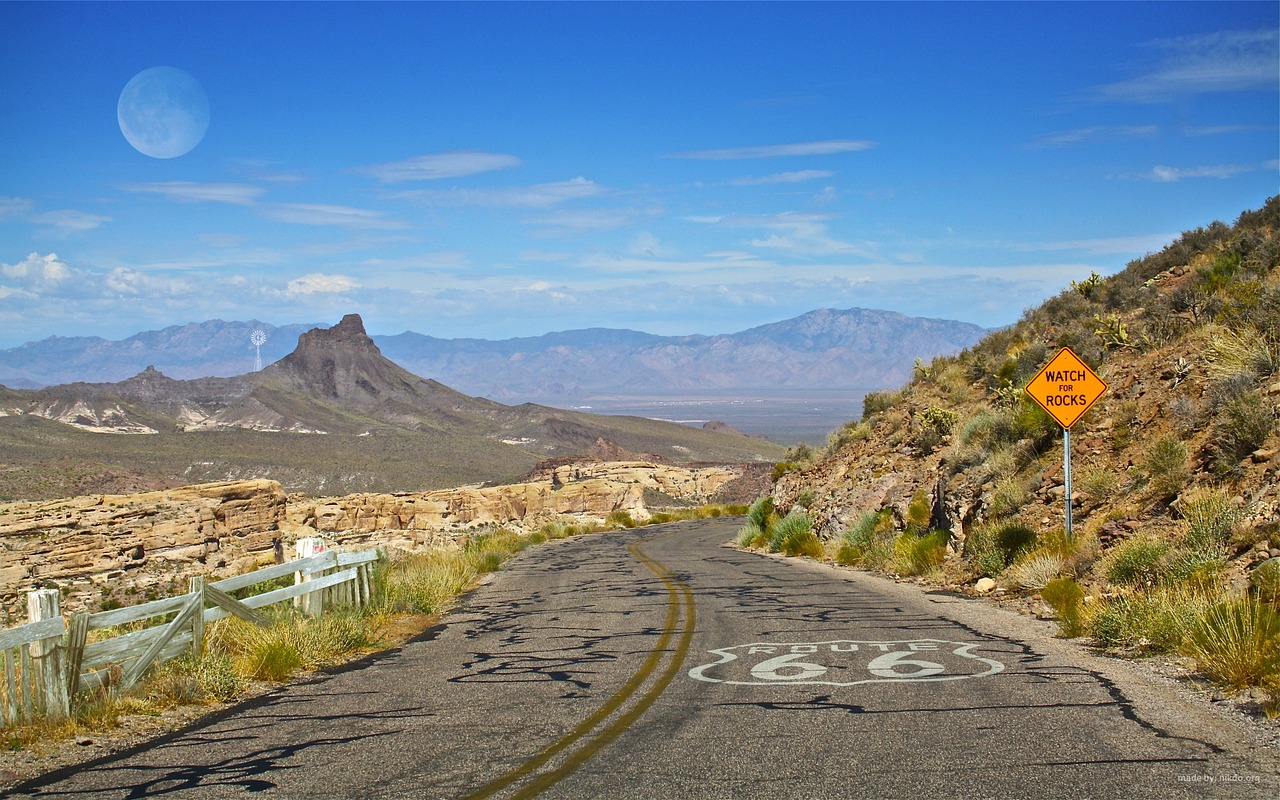
Not long after the automobile gained widespread acceptance in America, families began to look for places to take their rides on vacation. Route 66 quickly became popular, as was symbolic of America’s westward expansion in the prior century. This ultimate American road trip guide would be incomplete if we didn’t mention this road.
Running from Chicago to Los Angeles, it gave travelers from lands to the east their first look at the west. While portions have been replaced by interstate highways, it remains a popular road trip in the present day.
Things to do:
For those starting in Chicago, the Windy City will be the first major attraction. World class shopping, amazing skyscrapers, interesting museums, and public art like the Cloud Gate (aka The Bean) all await here.
From here, small-town Americana will keep you entertained, from the murals of Pontiac, Illinois to drive-in theaters in Carthage, Missouri.
The Cadillac Ranch is the first iconic Route 66 attraction for those heading west. Created in 1974, ten Cadillacs were buried head first in the ground, leaving their tails sticking up in the air.
In New Mexico, the San Miguel Mission (the oldest church in the United States) will charm you with its Romanesque Spanish design, and the Grand Canyon will take your breath away in Arizona. Route 66 ends in style at the Santa Monica Pier in California, which is home to a variety of midway attractions.
Where to eat:
Route 66 cuts through the heart of America, so it would be wrong to drive the length of Route 66 without stopping once at an authentic American diner. Miz Zip’s Cafe in Flagstaff, Arizona is a prime example of this type of eatery – with locals driving here from miles around to sample their homemade pie, you won’t want to miss this place.
In Shamrock, Texas, tuck into one of the juiciest slabs of beef you’ve ever had at Big Vern’s Steakhouse. Its ribeye, filet mignon, and homemade beer bread are raved about by countless past diners – just take your time, as portion sizes here are famously massive.
Where to stay:
It wouldn’t be right if you didn’t spend at least one night in a classic roadside motel during your Route 66 road trip. The Wigwam Village Motel #6, located in Holbrook, Arizona, stands out above the rest with rooms shaped like actual teepees – book ahead by phone or fax to avoid disappointment.
Camping? If so, the highlight of your trip will come when you set up your tent on the South Rim of the Grand Canyon, one of the world’s greatest natural wonders.
US Route 1
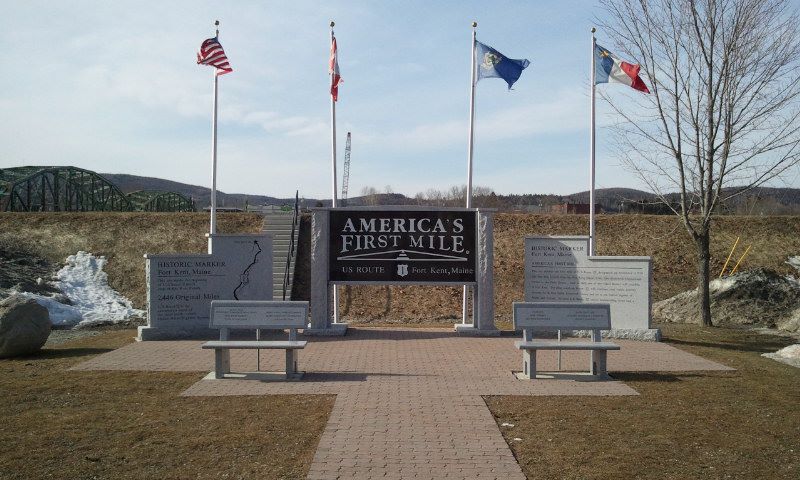
Spanning from the dense woods of Northern Maine to the tropical islands of the Florida Keys, with America’s most densely populated cities sitting in-between, a road trip on US Route 1 will give you a range of American experiences that few other stretches of road in the USA can match. You might not hear about this road in other books, but the ultimate American road trip guide would not be accurate without this historic route.
There are plenty of amazing sights to see along the way – just be sure you are comfortable with big city driving before attempting this road trip, as US 1 passes through the core of cities like Boston, NYC, Philadelphia, Miami, and Washington DC.
Things to do:
You’ll start by passing through the woods and coastline of Maine and New Hampshire. Boston, Massachusetts will be the first big destination of your trip, as it is home to places which played a part in the American Revolution. While here, don’t miss spots like Faneuil Hall, the Liberty Trail, or Paul Revere House.
After passing through Rhode Island and Connecticut, you’ll arrive at the biggest destination of your trip – New York City. You could spend weeks here, but don’t miss the Statue of Liberty, Chinatown, Times Square, or Central Park.
In New Jersey, Route 1 passes through townships close to Revolutionary War battlefields before reaching Philadelphia. Here, you’ll get to see the Liberty Bell, Independence Hall, and you’ll get a chance to eat an authentic Philly Cheesesteak.
Washington DC is the next major stop. Peer through the White House fence, visit all the monuments and see some of the finest museums in the world (like the Smithsonian) while here.
You’ll pass through innumerable Southern small towns while you pass through Virginia, the Carolinas, and Georgia.
The highway rejoins the sea shortly after arriving in Florida. You’ll pass through numerous towns home to beaches inhabited by nobody but local residents. Another day or so on driving will bring you to Miami, a modern city filled with beautiful people, fine beaches, and some of the world’s best nightlife.
After you have had your fill, jump in the car one last time and pilot it towards Key West, the southernmost point in the continental USA. Have a drink outside on Duvall Street and reflect on your epic trip, as this is one that will spawn tons of memories.
Where to eat:
There are countless amazing places to eat in Boston, NYC, Washington, and Miami, as well as in the countryside between these centers.
In general, though, the coast of Maine is not to be missed for its lobster roll sandwiches, New York City has some of the world’s best pizza, Philly has killer cheesesteaks, and the South has finger licking BBQ that needs to be eaten to be appreciated.
Where to stay:
There are plenty of spots to stay along this route. However, budget travelers should not miss the chance to camp in the peaceful woods of Maine, nor the opportunity to pitch a tent on the beach in the Florida Keys.
Those with more to spend shouldn’t hesitate to book a spot like the 414 Hotel in the heart of NYC, or The Setai on Miami Beach. You earn money to enjoy it, not to stuff it in a pillow case and clutch like a scared miser, so go ahead and splurge.

